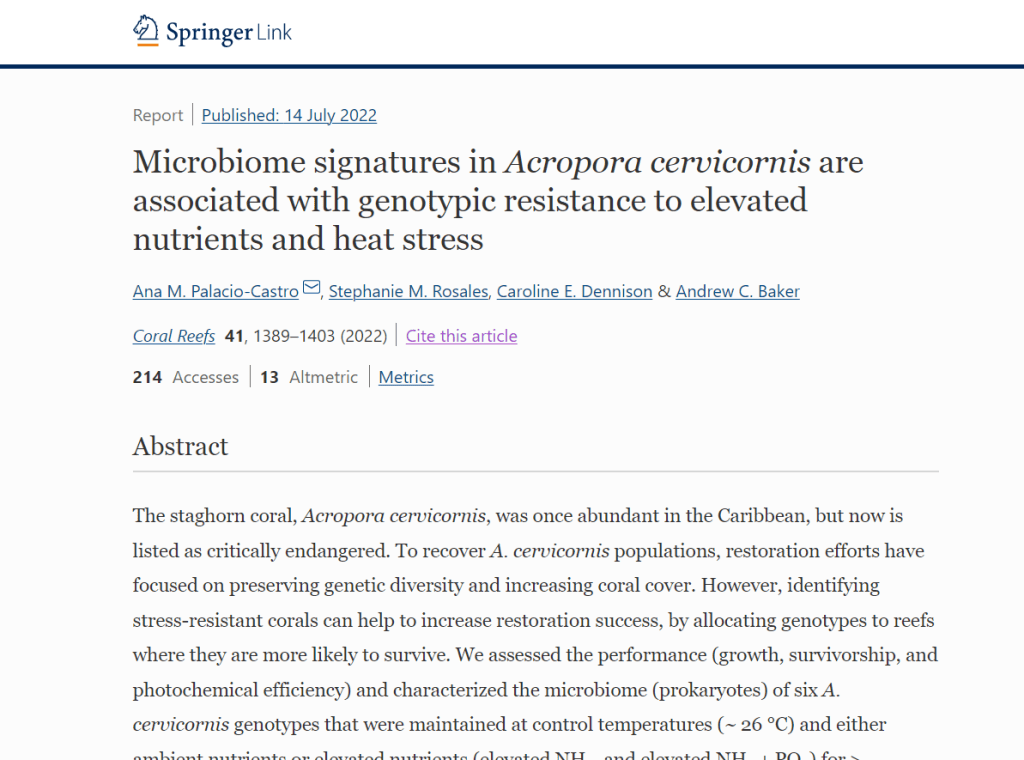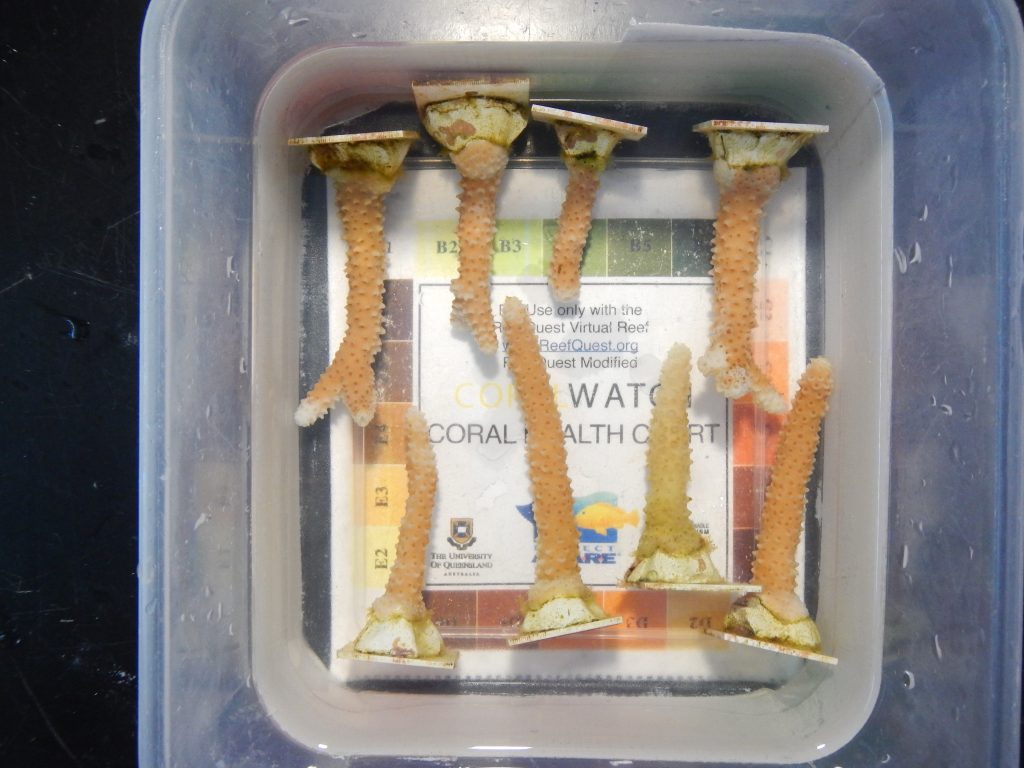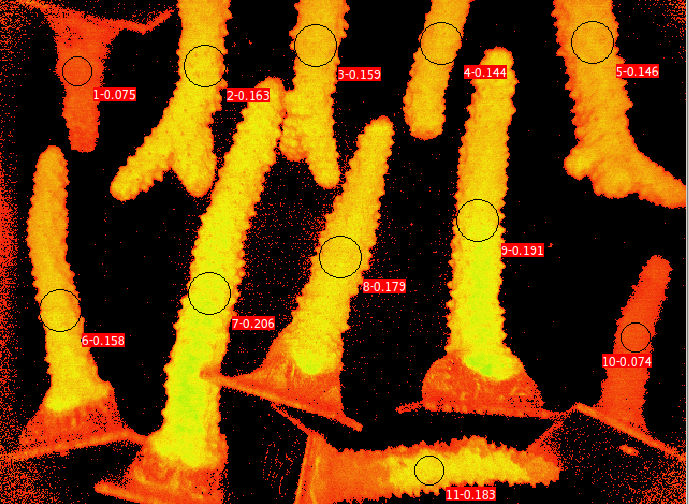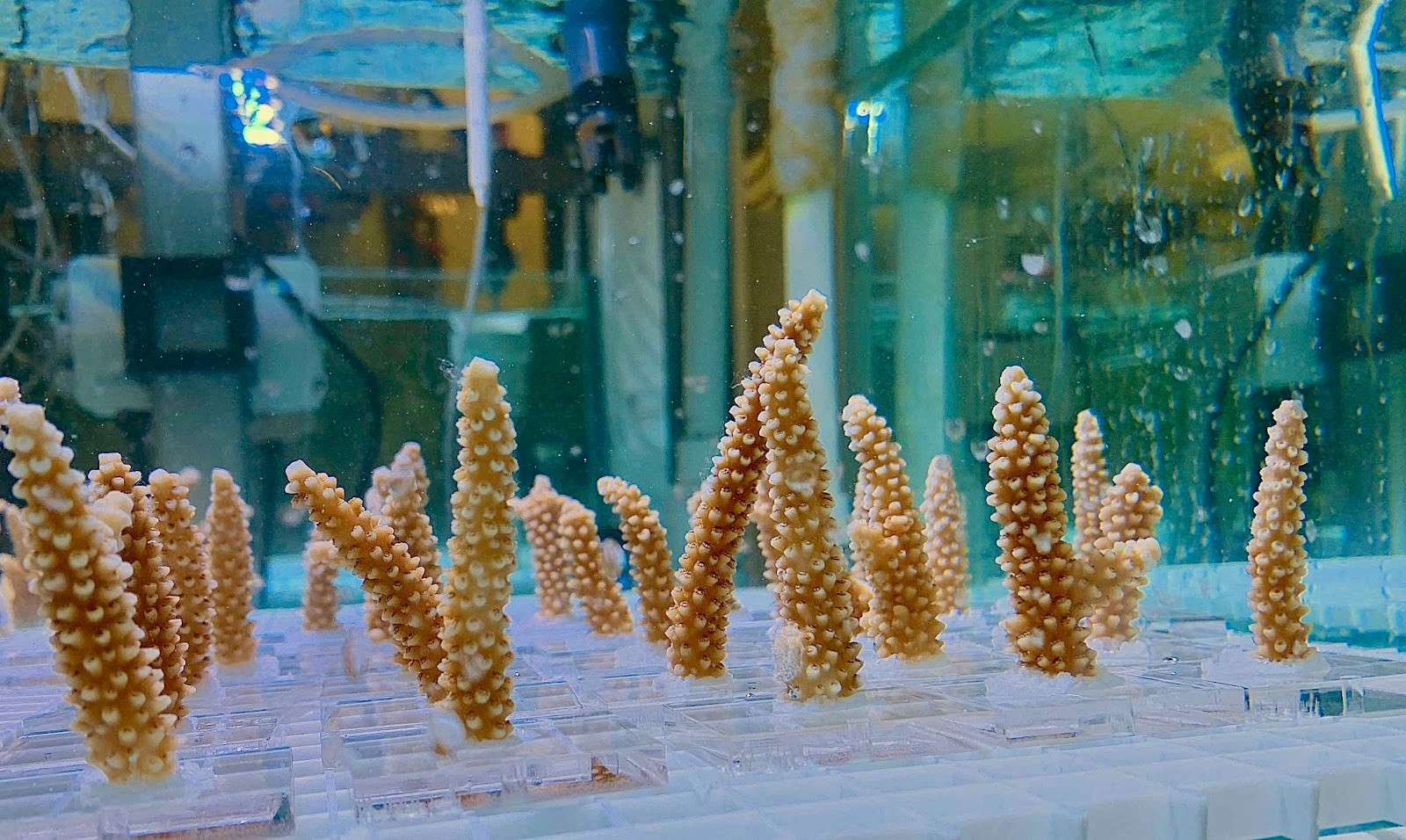
A recent study by scientists at the University of Miami’s Rosenstiel School of Marine, Earth and Atmospheric Science, the Cooperative Institute of Marine and Atmospheric Studies (CIMAS), and NOAA’s Atlantic Oceanographic and Meteorological Laboratory (AOML) identified genetic variants in staghorn coral, Acropora cervicornis, that can tolerate elevated temperatures and nutrient pollution, two environmental stressors that put this critically endangered species at risk. With global climate change in full effect, the identification of stress-resistant genetic variants provides researchers with an important tool for improving coral survival and restoration success, in addition to efforts to preserve genetic diversity and increase coral cover.

During this analysis, scientists found three A. cervicornis variants that maintained higher survivorship and growth rates when stressed with elevated nutrients, both alone and in combination with heat. However, the combination of heat stress and pre-exposure to elevated nutrient levels had the most harmful impact on A. cervicornis compared to either stressor alone. When studying the microbial community of each A. cervicornis variant, a high abundance of the bacteria Midichloriaceae and Spirochaetaceae were positively correlated with coral survivorship. This discovery suggests that coral restoration programs could employ bacteria screenings to identify other A. cervicornis genetic variants that may be more tolerant to elevated nutrients and temperature.

“Scientists already use bacteria biomarkers to evaluate the health of our environment, and this study suggests that we may also be able to use microbial biomarkers to evaluate the likelihood of coral’s health in certain environments.”
– Dr. Stephanie Rosales, one of the study’s authors and a CIMAS Assistant Scientist at NOAA AOML
The rapid decline of A. cervicornis has resulted in the overall loss of its ecological functions. A. cervicornis forms dense groups of corals called “thickets’ that provide important habitat for other reef animals, including fish. Because they are fast growing, A. cervicornis also contributes to increased coral cover, providing structural complexity to reefs. For this reason, it is the popular subject of restoration projects. To maximize the effectiveness of restoration efforts, the data have shown that particular genetic makeups, or genotypes, can be selected to re-populate certain regions based on local environmental stressors. For example, genotypes G48, G62, and G31 were found to be the most resistant to elevated nutrients alone and when combined with heat stress. Less mortality and smaller declines in growth rates were detected within these genotypes. Placing these more resistant genotypes in locations exposed to warmer temperatures and elevated nutrients could increase restoration success by reducing coral mortality. These dedicated scientists are working hard to find ways to counteract negative human impacts on these critically endangered species, this is just the beginning!
DOI link: https://doi.org/10.1007/s00338-022-02289-w
Citation: Palacio-Castro, A.M., Rosales, S.M., Dennison, C.E. et al. Microbiome signatures in Acropora cervicornis are associated with genotypic resistance to elevated nutrients and heat stress. Coral Reefs 41, 1389–1403 (2022). https://doi.org/10.1007/s00338-022-02289-w
